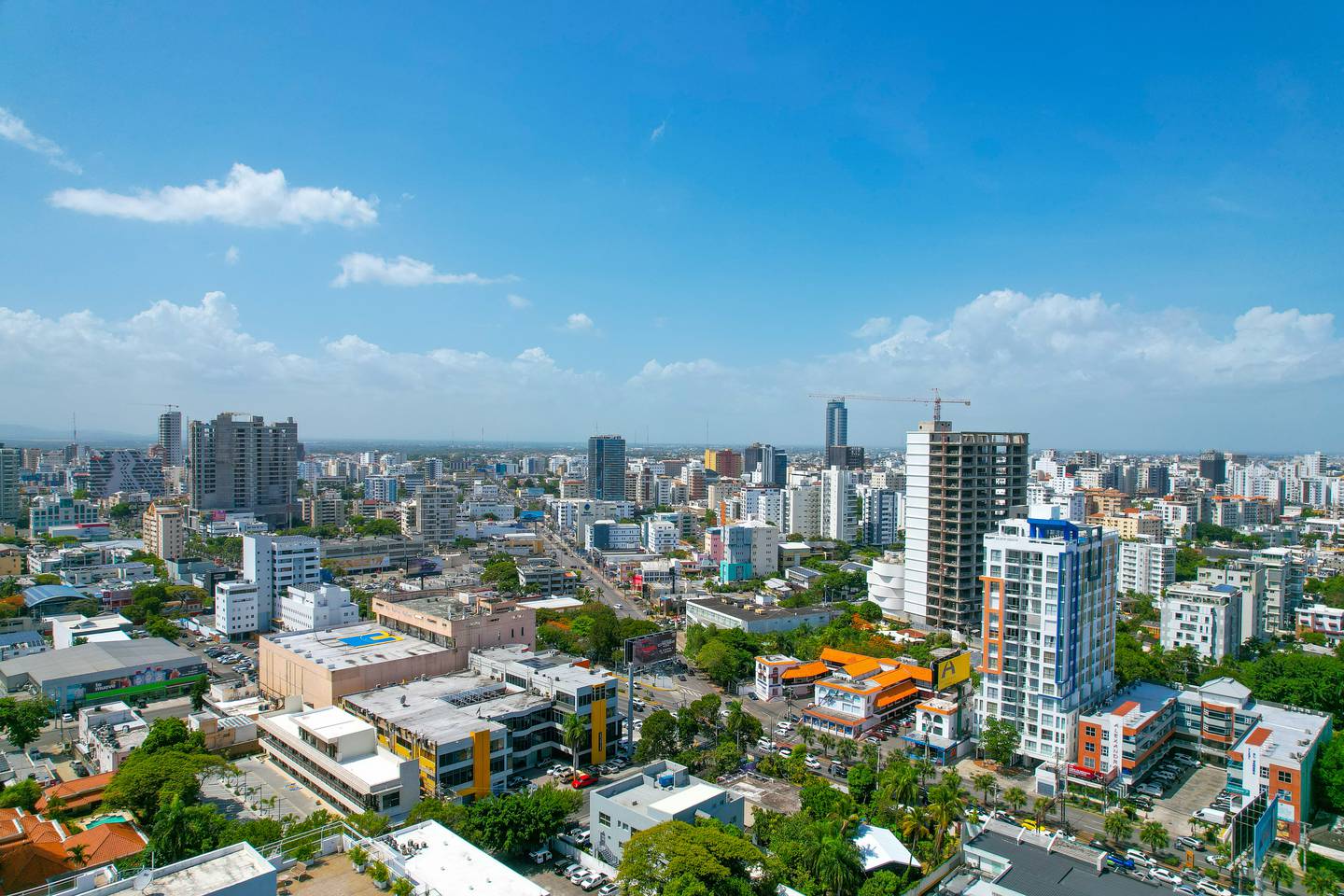The economy of the Caribbean country reflects macroeconomic stability and resilience to external shocks, factors that will prevail this year, Dominican government officials said.
The latest report from the World Bank (WB) addresses the economic projections for Latin America in 2023, detailing that the region grew by 3.6% during 2022, mainly influenced by consumption and the recovery of labor markets in the post Covid-19 pandemic.
The international entity projects that by 2023 there will be a slowdown in the region, with growth of 1.3%, and a recovery in 2024 of 2.4%.

Said contraction would be linked, assured the WB, to the control of inflation and to an “inauspicious world outlook”, due to the “somewhat slow growth of the United States and China”.
But for some economies the forecasts are encouraging, such as the case of the Dominican Republic (4.8%), Panama (4.5%) and Paraguay (4.5%).
A GOOD PROGNOSIS
Recently, the Minister of Economy, Planning and Development of the Dominican Republic, Pável Isa Contreras, indicated that the latest economic projections show that the country will experience a growth of 5.3% of the Gross Domestic Product (GDP) by the end of 2022.
For the year 2023, the growth forecast is located at 4.5%, similar to that projected by the World Bank.
“It continues to be an outstanding growth in the international context, and that will allow the economy to create jobs and unemployment to be sustained or decrease a little for next year,” said the official.
The forces of recovery, explained Isa Contreras, came from the supply side, citing the construction, tourism, commerce, national industry, and transportation sectors. On the demand side, he pointed to private investment (2021) and exports (2022).
The activity sectors that stand out are: commerce, other services, manufacturing, and hotels, bars and restaurants.
DYNAMISM OF THE EXTERNAL SECTOR
Isa Contreras referred to the dynamism of the external sector. In this sense, he pointed out the exports of free zones with an interannual growth of 11.1% and with respect to 2019, a growth of 30.8%.
In addition, national exports with an interannual increase of 7.6%, exports to the Caribbean US$ 897.2 million and an increase of 24.4%. Also exports to the rest of the world US$2.480 billion and an increase of 2.5%.
Family remittances showed flows that exceed US$223.7 million compared to pre-pandemic.
Regarding inflation, it is expected that, on average, it will be located at 8.7%.
INVESTMENT CONFIDENCE
Pedro Brache, outgoing president of the National Council of Private Enterprise (Conep), told Diario Libre that he predicts the best performance positions among the countries of the region, thanks to the diversification of the national productive network.
It is perceived that economic growth will be close to 5%, one of the most important in the region, but a lot of work will have to be done, because great challenges are expected, the businessman stated.
In addition, the adjustments in the monetary policy rate by the Central Bank are crucial to prevent capital flight and maintain economic stability. “Thank God, inflation in the Dominican Republic is under control,” he said.
The new president of the Association of Industries of the Dominican Republic (AIRD), Julio Virgilio Brache, highlighted that among the challenges that are expected for 2023 is to establish more quality companies to improve wage gaps. Another focus of attention is the strengthening of public-private cooperation.
The businessman assured that the actors of the industries are even more united to face the challenges that 2023 brings with resilience and innovation.
EXTERNAL DEBT, THE BIGGEST CHALLENGE
Isa Contreras stated that the Dominican Republic’s external debt has been manageable for years, but that it still represents a problem for the country’s finances.
“We need the weight of the debt to be less and for that more resources are needed, to collect more because what we collect is very low,” he stated.
The government, through the Ministry of Finance, has recently announced that the non-financial public sector debt has decreased by 1.9% by 2022 compared to 2021.
However, economic analysts refer that, both what has to do with the level of indebtedness, inflation, employment and other variables, the years 2019 and backwards should be taken as a reference, because if this is not the case, the results presented may be far from reality.
Although from the Ministry of Finance has highlighted that the debt for the year 2022 decreased to 59.1%, from 61% in the year 2020, in relation to the gross domestic product (GDP). But it turns out that the debt in absolute terms of the non-financial public sector was US$43.091 billion in 2020 and increased to US$52.264 billion, an increase of US$9.173. billion in those two years.
With information from Bloomberg

